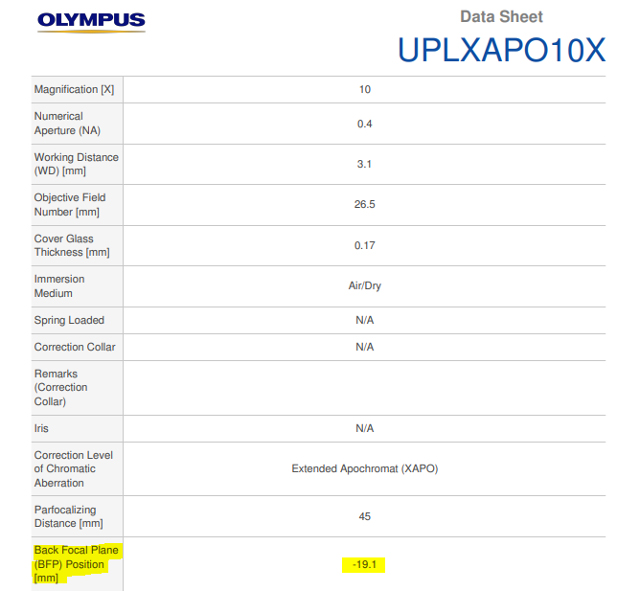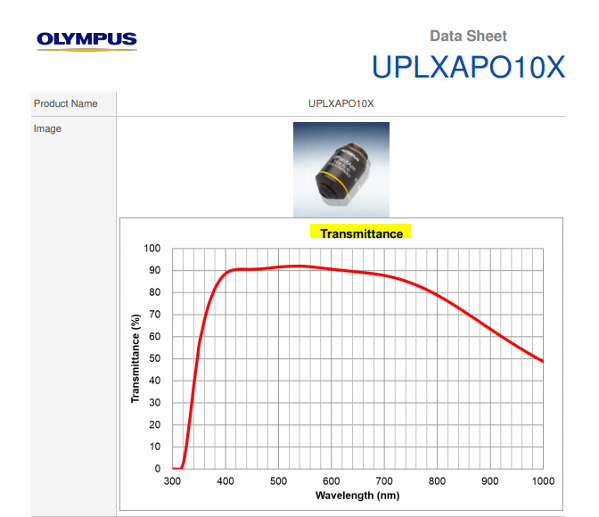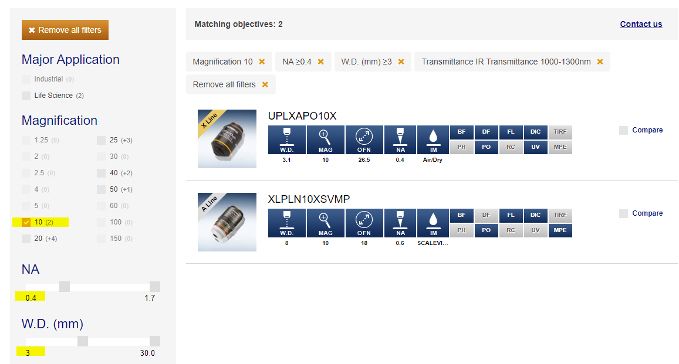At Olympus, we’re always thinking of new ways to optimize your online experience so you can quickly and easily find the ideal microscopy equipment for your science. With that goal in mind, we designed the Olympus Objective Finder.
Put simply, our Objective Finder is an online search tool that guides you to the right microscope objective for your application or imaging device. Read on to learn how to use it in five easy steps.
1. Determine the key parameters for your application.
Before using the Objective Finder, first determine the key parameters of the objective lens by assessing your application needs. Some important parameters include:
- Numerical aperture (NA) is the highest priority parameter for applications that require resolution
- Working distance (WD) is the highest priority parameter for applications that require a large distance between the objective and sample
- Magnification is an important parameter to clearly view sample details; the ideal magnification will depend on your specimen size
For more guidance, make sure to check out our blog post, How to Choose the Right Microscope Objective. This resource lists 10 questions that can help you weigh options and finalize parameters.
The Objective Finder
2. Filter the results with the desired parameters.
Next, use the sidebar to set the parameters you decided on in step one. The filter options include:
- Major application
- Magnification
- NA
- WD
- Observation method
- Immersion medium
- Objective field number
- Correction level of chromatic aberration
- Cover glass thickness
- Transmittance
- Special features
3. Review the objective specifications.
The results will narrow down based on your selection and may show more than one objective. Check the Compare button to see specifications side by side. Alternatively, you can click on one objective at a time to review its specs.
Our specifications include information about the pupil position and transmittance. The pupil position info is useful for constructing optimal optics without vignetting.
The transmittance info shows you if the objective can be used in the ultraviolet (UV), visible, near-infrared (NIR), or infrared (IR) range.

Click on an objective in the Objective Finder to see detailed specifications, such as the pupil position

Find the transmittance info in the objective specifications
4. Save the results for easy reference.
To make your search even easier, we added a new function that enables you to export the objective specifications to a PDF file. This is useful for checking specifications and reviewing your options.
5. Contact us to learn more.
Sorting through our extensive lineup of microscope objectives (we offer over 150, including our award-winning X Line objectives) can be daunting at first, but remember that we are always here to help!
If you need advice, a quote, or demo, contact us here and one of our optical experts will provide personalized assistance.
Related Content
Video: X Line High-Performance Objectives Product Introduction



